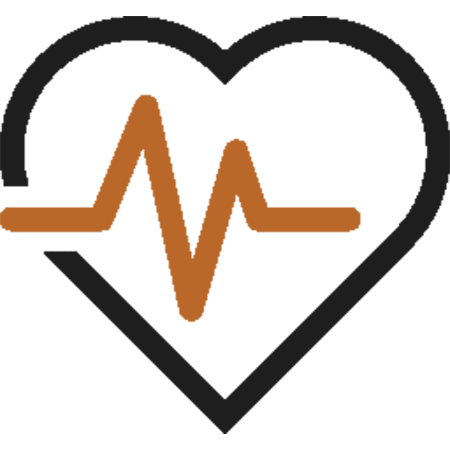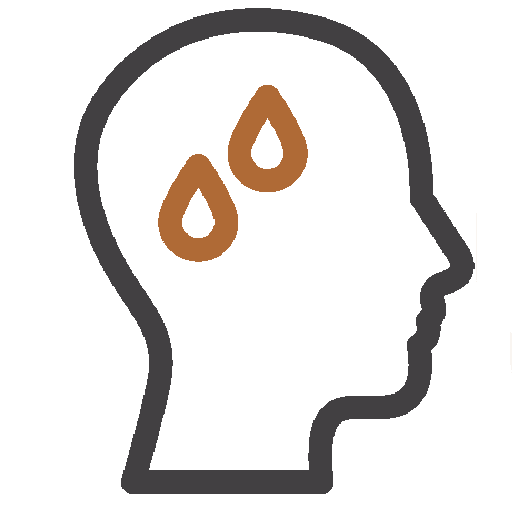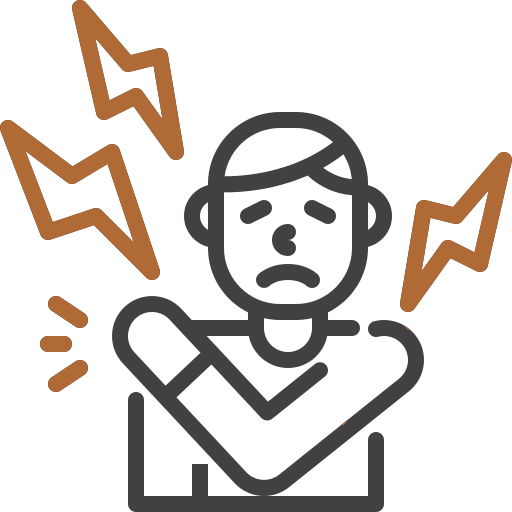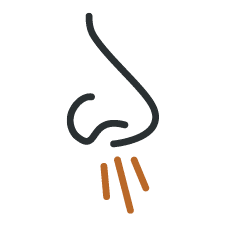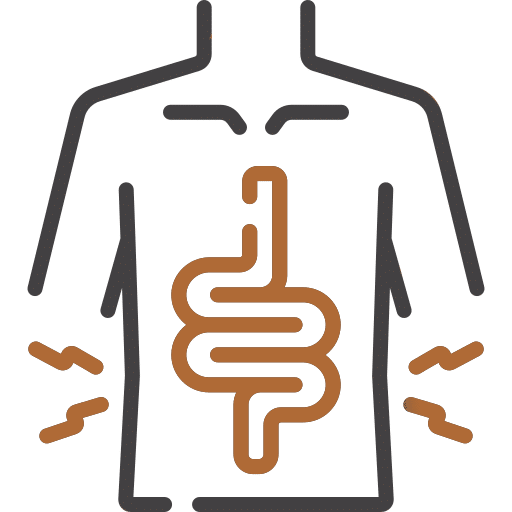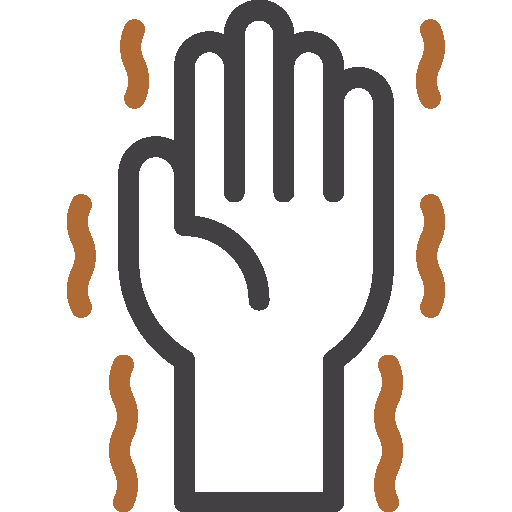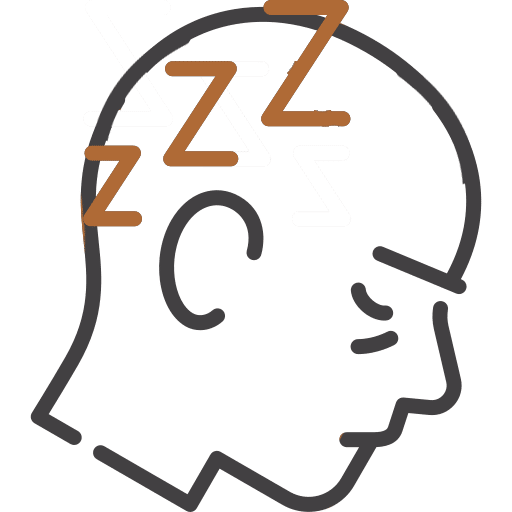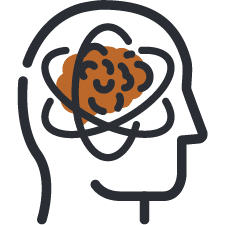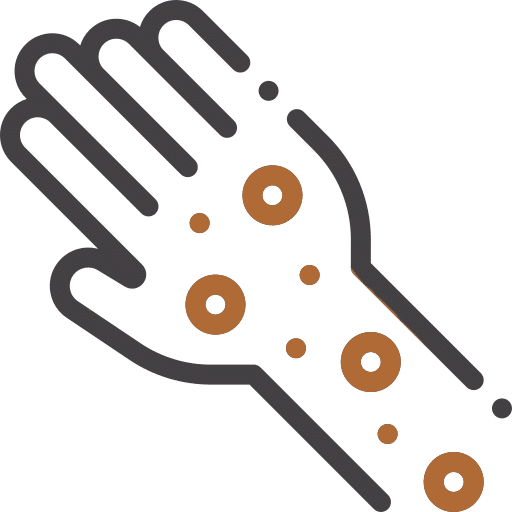The COWS protocol, short for the Clinical Opiate Withdrawal Scale, serves as a crucial tool in guiding medication and treatment procedures for individuals undergoing opioid withdrawal. Developed to provide a systematic approach, it enables health care professionals to assess the severity of withdrawal symptoms accurately.
By utilizing a set of objective criteria, the COWS protocol assists in determining the appropriate medications and interventions necessary to alleviate distress and facilitate a smoother withdrawal process.




